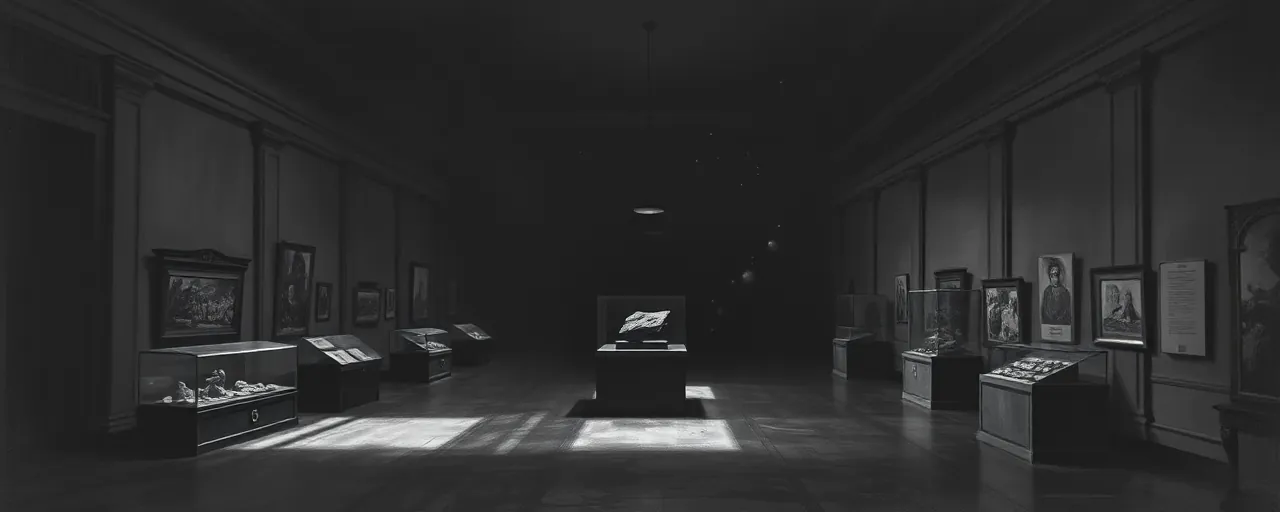A Nation’s Memory Under Siege
On March 27, 2025, President Donald J. Trump signed an executive order that promises to 'restore truth' to American history. The directive targets the Smithsonian Institution, national parks, and even the architectural face of federal buildings, aiming to scrub away narratives that dare to question the nation’s past. It’s a bold move, draped in the language of patriotism, but beneath the surface lies a chilling reality: this is an assault on the very idea of a shared, honest reckoning with who we are as a people.
For those who’ve watched the steady erosion of inclusive dialogue over the past decade, this feels less like a restoration and more like a purge. The order demands the Smithsonian eliminate 'divisive ideology' and insists national parks undo changes made to monuments over the last five years. It’s not about pride, as the administration claims; it’s about control, about dictating a singular, sanitized story that flattens the messy, vibrant truth of America’s journey into a monument to unchecked power.
This isn’t just policy wonkery. It’s personal. It’s about the kid who walks into a museum and learns only half the story, or the family at Independence Hall in 2026, celebrating a milestone with no grasp of the struggles that shaped it. History isn’t a trophy to polish; it’s a mirror, and Trump’s order threatens to shatter it.
Silencing the Past, Stifling the Future
Let’s dig into what’s at stake. The Smithsonian, a jewel of American curiosity, now faces a mandate to strip away exhibits that explore race, gender, or any hint of systemic flaws. Take the American Art Museum’s current display on sculpture and scientific racism, which traces how art propped up oppressive hierarchies. Trump’s team calls it divisive. I call it essential. Erasing it doesn’t make us prouder; it makes us dumber about the forces that built this nation.
Then there’s the National Museum of African American History and Culture, criticized for daring to suggest that values like hard work or family structure carry racial undertones rooted in history. The administration wants that gone too, as if acknowledging context is somehow un-American. Scholars like Ibram X. Kendi have spent years showing how these ideas aren’t attacks but invitations to understand power’s deeper currents. Yet Trump’s order slams the door shut, preferring a fairy tale over facts.
National parks aren’t spared either. The directive to 'restore' monuments and markers, like those tied to Confederate legacies, ignores why they were removed in the first place. Communities demanded it, wrestling with the pain those symbols inflict. Historical revisionism isn’t the crime here; it’s the refusal to revise a narrative that’s long excluded Black, Indigenous, and other marginalized voices. Trump’s team claims this honors heritage, but it’s a heritage selectively edited to soothe the powerful.
And don’t overlook the gender twist. The order insists the American Women’s History Museum reject transgender women’s stories, a cruel echo of Trump’s February 5, 2025, ban on transgender athletes in women’s sports. Decades of progress, from Title IX to the IOC’s 2015 transgender inclusion rules, get torched in favor of a rigid, outdated view of identity. It’s not celebration; it’s erasure, and it betrays the women who fought for equity in the first place.
Supporters argue this fosters unity, a return to shared values. Fine. But unity built on lies crumbles fast. Look at India, where the BJP’s nationalist rewrite of history has deepened division, not healed it. America’s strength lies in grappling with its flaws, not papering over them.
A Fight for Truth Worth Winning
This isn’t abstract. It’s about real people, real stakes. The Smithsonian and national parks aren’t just buildings or patches of land; they’re where we wrestle with our identity. Since 1846, the Smithsonian has woven a tapestry of American life, from Indigenous artifacts to Civil War relics. National parks, preserving everything from battlefields to sacred tribal sites, do the same. To choke that off with a top-down edict risks turning them into propaganda mills, not places of learning.
Even the push for classical architecture in federal buildings, tied to this order, reeks of control. Neoclassical columns scream stability, sure, but they also echo a past where only certain voices mattered. The American Institute of Architects has fought this, arguing for designs that reflect today’s diversity, not yesterday’s gatekeepers. Trump’s vision locks us in amber, ignoring how buildings shape who we aspire to be.
Ahead of the 250th anniversary of the Declaration of Independence, we deserve better. Independence Hall’s restoration could be a chance to honor the enslaved laborers who built it, the women who pushed for suffrage, the civil rights marchers who made liberty real. Instead, this order threatens a glossy postcard version of 1776, all pomp, no substance.
Reclaiming Our Story
Trump’s executive order sells a fantasy of greatness, but it’s a hollow one. Truth doesn’t bend to political whims; it demands courage. The Biden administration, for all its flaws, at least tried to nudge institutions toward broader perspectives, like those Park Ranger trainings in Philadelphia that dared to unpack race’s role in history. Was it perfect? No. But it was a start, a spark of honesty Trump’s team wants to snuff out.
We can’t let this stand. America’s story belongs to everyone, the kid in the museum, the parent at the monument, the voter in the booth. It’s time to demand a history that reflects our struggles and our triumphs, not a scrubbed script from the Oval Office. Because if we lose the fight for truth, we lose the soul of what makes this nation worth believing in.
